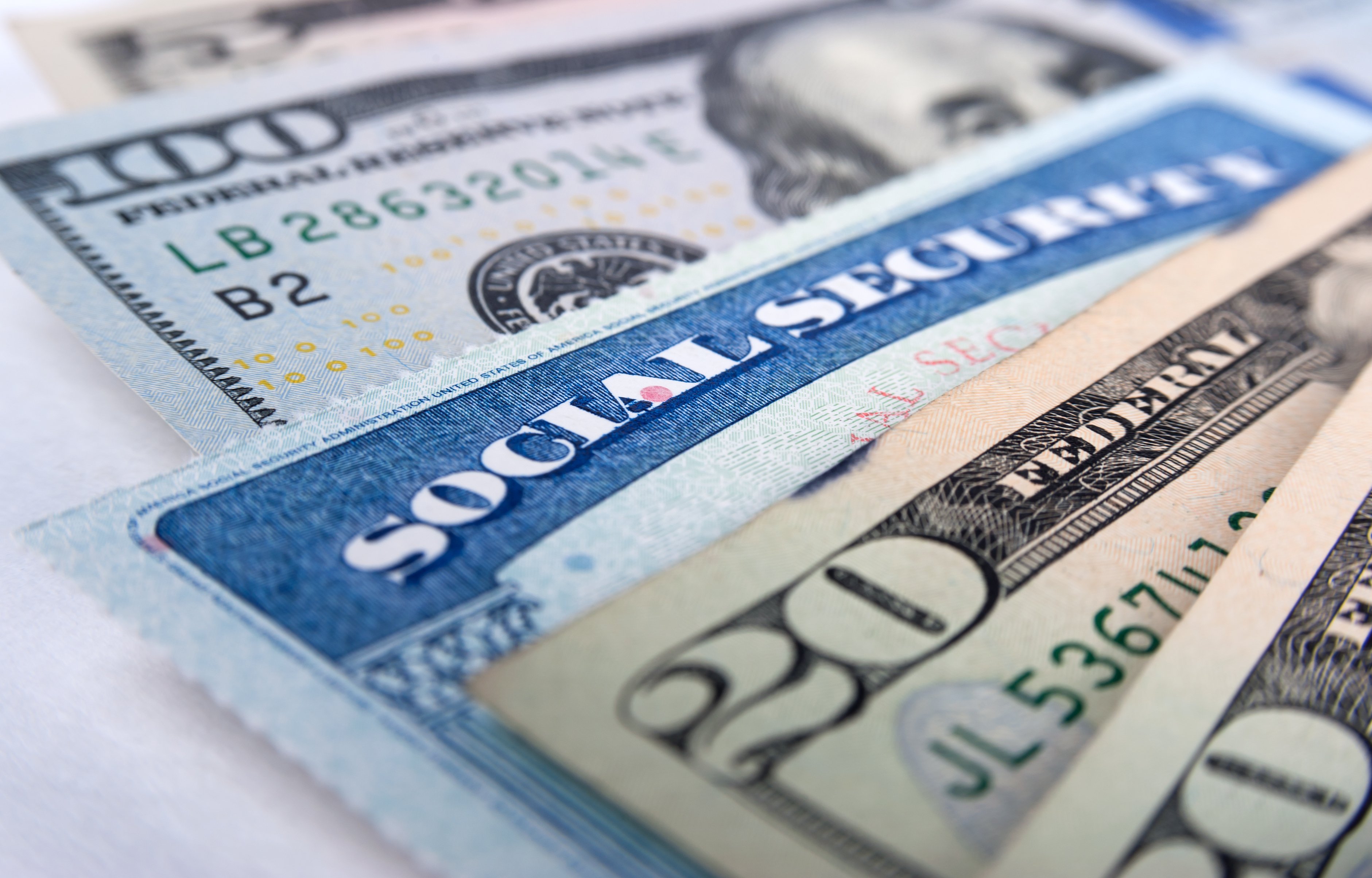
Image source: Getty Images.
It can rightly be said that without Social Security income America's seniors would probably struggle to make ends meet.
Data from the Social Security Administration shows that nearly half of all elderly married couples receiving benefits, and just shy of three-quarters of all unmarried elderly persons, are counting on Social Security to account for at least half of their monthly income. Because Social Security income is so vital, protecting the viability of the program is viewed as one of the most important issues facing our next president.
The concern for recent retirees and pre-retirees is that Social Security isn't in the best shape. Two major demographic shifts -- the retirement of baby boomers which is lowering the worker-to-beneficiary ratio, and lengthening life expectancies -- are weighing on the program, with the latest Social Security Board of Trustees report calling for Social Security to exhaust its more than $2.8 trillion in spare cash by the year 2034. Should this extra cash be exhausted, Social Security would essentially become a budget-neutral program, paying out in monthly benefits what it receives. This could necessitate an across-the-board cut in benefits of up to 21%. Not a pretty pictures if you're among the elderly married couples or unmarried individuals relying heavily on Social Security income during your golden years.
It's up to lawmakers on Capitol Hill to find an amicable solution that either generates more revenue, cuts benefits, or offers some combination of the two. Despite at least 15 solutions at the ready, a fix for Social Security remains elusive.

Image source: Getty Images.
The most popular Social Security fix
Taking into account the public's opinion, the most popular Social Security "fix" is to raise the payroll tax earnings cap. The Social Security payroll tax works out to 12.4% of earned income between $1 and $118,500, as of 2016. Typically this tax is split down the middle between you and your employer, unless you're self-employed, at which point you'll owe the entire 12.4%. Any earned income above and beyond $118,500 is free and clear of taxation in 2016.
The reason raising the payroll earnings tax cap is such a popular option is that only about one in 10 Americans earns more than $118,500 a year. Workers are already paying into Social Security on every dollar they earn, so the prevailing view is that the rich should do the same. An informal poll from The Washington Post in 2014 found that of 12 Social Security fixes readers could choose from (and readers were allowed to select as many as they'd stand behind), raising the payroll tax was chosen by nearly seven in 10 readers. That was 25% higher than the second-place solution, raising the retirement age.
Raising the payroll tax cap has been one of the most championed policies of Democratic presidential nominee, Hillary Clinton. Clinton has proposed raising a number of taxes on the wealthy, one of which is to reinstitute the Social Security payroll tax at $250,000. In other words, Clinton would provide a tax moratorium on earned income between 2016's (or a future) payroll tax level ($118,500) and $250,000, upon which the 12.4% tax would be reinstituted on any earned income above $250,000 with no limit. Of course, as of now it's uncertain if Clinton would be able to get such a reform through Congress if she's elected president.

Image source: Getty Images.
The rich are about to pay more into Social Security
However, even if Clinton isn't elected president (Republican presidential candidate Donald Trump has no plans to alter the payroll tax cap), the rich are going to be paying more into Social Security beginning on Jan. 1, 2017.
Last week, the Social Security Administration announced its annual cost-of-living adjustments (COLAs), which worked out to the lowest increase on record at 0.3% (note that three of the past eight years have included no COLA). But the SSA also announced an updated payroll tax cap level of $127,200 in 2017, up $8,700, or 7.3% from 2016's levels. Depending on whether you're employed by someone else and splitting the payroll tax liability, or self-employed, and earning in excess of $127,200, you'll be forking over an extra $539, or $1,079 (rounded to the nearest whole number) in 2017. For the numerous Americans who support raising the payroll tax cap, this substantive increase has to make them happy.
Yet all Americans should understand that simply raising the payroll tax cap, or even eliminating it entirely and exposing all earned income to the payroll tax cap, doesn't resolve Social Security's long-term budgetary shortfall. According to the Centers for Retirement Research at Boston College, removing the payroll tax cap resolves only about 30% of the budgetary shortfall. Don't get me wrong -- this would be a step in the right direction to generating more revenue for the program, and it would probably push the Trustees' spare cash exhaustion estimate out beyond 2034. But, when all is said and done, future generations of retiree could still be in danger of seeing their benefits reduced.
What additional measures should be considered? That's up to lawmakers in Washington, but the fact remains that Social Security needs fixing.





